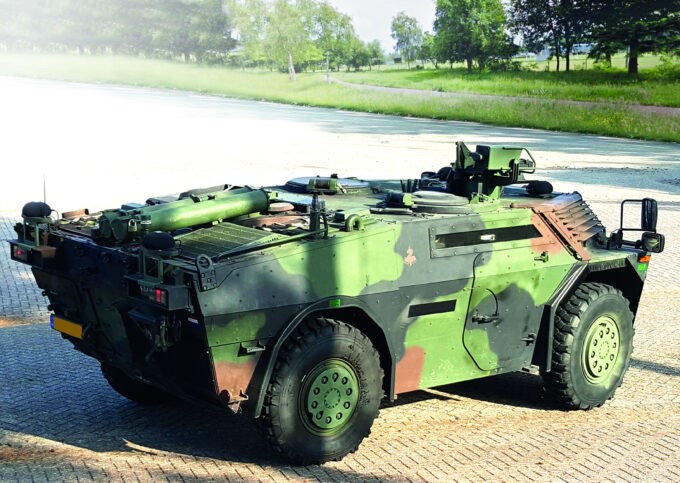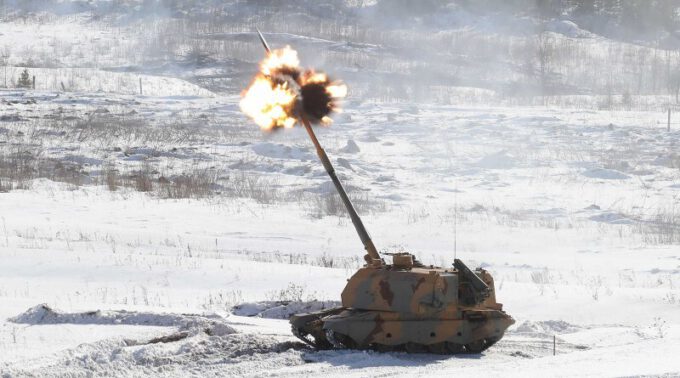

Products
MSRA
The Mobile Sound Ranging Array firmware can be used for both target acquisition and fire control. The MSRA capability also makes use of the (continuous) signals of the 3D shockwaves generated at the tip of shells flying at supersonic speed. The firmware requires a (mesh) network of CASTLE sensor nodes that can be installed on any military vehicle
KEY CHARACTERISTICS
- All weather, day and night
- Available as ground and vehicle-based system
- Vehicle mounted, unattended, requiring no manpower
- Ground based, each sensor post to be deployed within ten minutes
- Requires no line of sight
- Hears all around in a full hemisphere
- Passive
- Detection and localization ranges:
- Artillery: up to 20 km
- Rockets: up to 7 km
- Mortars: up to 12 km
Whereas traditional sound ranging processes the (transient) signals of the blast during the launch, the MSRA capability also makes use of the (continuous) signals of the 3 D shockwaves generated at the tip of shells flying at supersonic speed. The battlefield is saturated with a large number of vehicles carrying the CASTLE payload.
On their own, the CASTLEs may host firmware for vehicle survivability.With a substantial local signal processing capability inside the CASTLE, the required bandwidth to share results with other CASTLEs is moderate. Hence, there is little burden on the radio network also supporting voice and video. In essence, each sensor post is both a master and a slave. It makes the MSRA resilient against the (temporary) loss of a sensor post no longer able to provide a “handshake”.
Networked by MANET radios, clusters of CASTLEs build an array capability that is able to detect and localize the hostile indirect firing positions. The number of sensor posts and the size of the grid will depend upon the circumstances (topography, vegetation, weather and the enemy using jamming techniques)
https://www.microflown-avisa.com/solutions/counter-battery/msra


